How to Assemble a Car Emergency Kit (with Printable Checklist)
Earlier this year, you might have seen a news story about the massive, 2-day traffic jam on I-95 in Virginia due to winter weather. While we weren’t personally stuck in that nightmare situation, the around-the-clock coverage (mostly by our local affiliate) made us realize that, had we too been stuck on I-95 for days, we would NOT have been prepared to take care of ourselves or our children. Being the “ever prepared” Eagle Scout that he is, Greg took this for immediate action and started to assemble a Car Emergency Kit for each of our vehicles. Today, I want to show you everything we put into our kits so you too will feel both motivated and empowered to do the same!
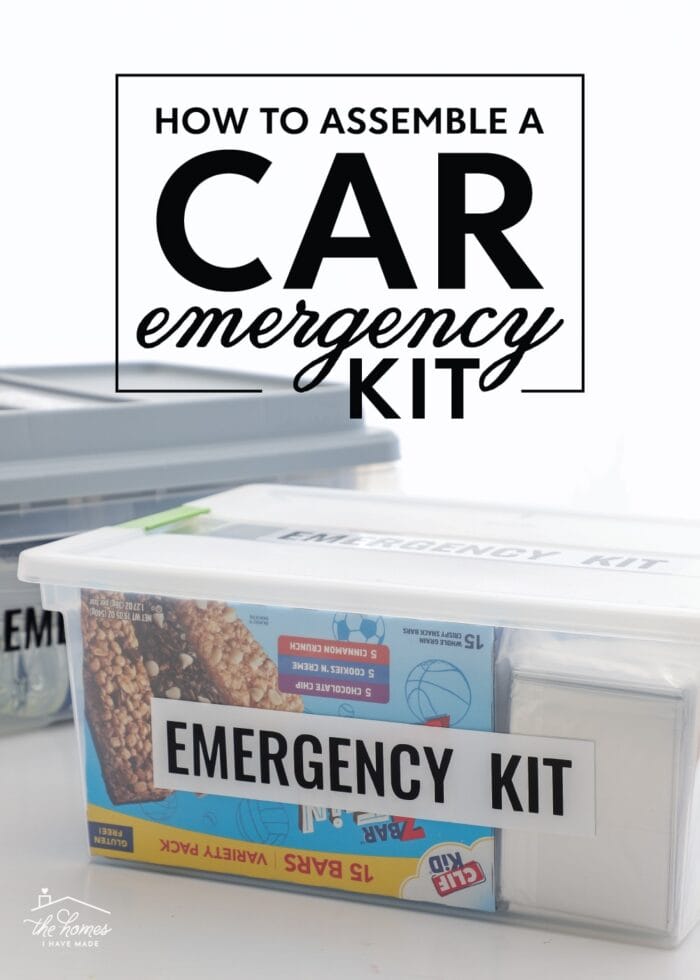
Why Assemble a Roadside Emergency Kit?
I don’t think Greg and I have ever envisioned being stuck in our car for long periods of time. And honestly, had the recent I-95 incident not hit so close to home (literally), I’m not quite sure we would have been so motivated into action. But the truth is, we easily could have been stranded on that exact highway…in the snow…with our young children…with only jackets, a single power cord, the gas in our tank, and one granola bar to split among the five of us.
Emergency kits…by their definition…are for situations you don’t ever expect to find yourself in (which is why it’s so easy to brush projects like this aside). But the reality is: emergencies are not something we can control, and they do happen. One day you might be the one to get stuck or stranded or lost. Spending some time and money to create a Car Emergency Kit now will ensure that if the unexpected ever does occur, you are as prepared as possible to take care of yourself and/or your family.
What Should an Emergency Car Kit Include?
There are lots and lots of “expert” lists about assembling a Car Emergency Kit (and you can even buy some prepackaged ones right off Amazon). However, we started by thinking about what our particular family would need if we were stuck on the side of the road for a long period of time, and then used the expert suggestions to fill in blanks we didn’t think about.
Below are the items you may want to include in your Emergency Car Kit; and then at the end of this post, I show how to package it all up so it is accessible without taking up half your trunk!
Car Care
Car Charger or Jumper Cables – Whether you find yourself in a weather-related emergency or not, having some way to jump start your car is paramount. After much research, we landed on this battery-operated car charger. Although an investment, we love how compact it is and that it doesn’t require a second vehicle to work.
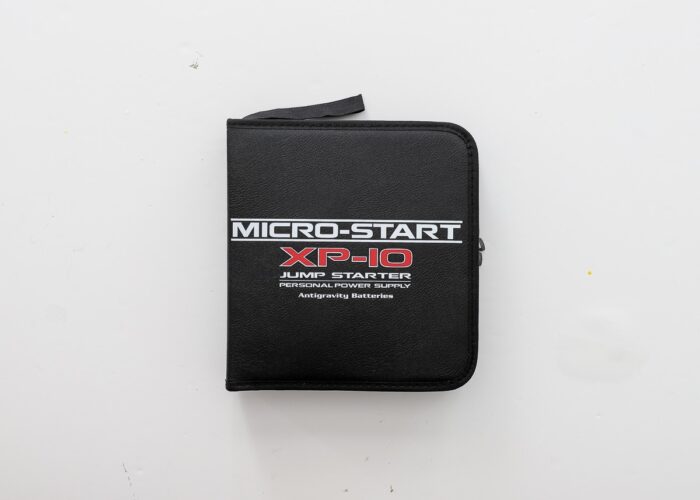
Head Lamp – Trying to assess or fix a car is always easier with two hands, which can be difficult if you are reliant on holding your phone or flashlight for illumination. Headlamps are inexpensive and will come in handy for changing tires, digging supplies out of the trunk, walking for help, or even finding a place to go to the bathroom. We opted for rechargeable versions (via cords) that can connect to our car outlets (so we won’t find ourselves without good batteries.)
Safety
Reflective Triangles, Flares, or Light Stick – If you’re waiting for a tow or trying to change a flat tire on your own, protect yourself with some reflective triangles or flares. We love how these triangles fold down flat and are super sturdy.
NOTE: These do NOT fit into our Emergency Car Kits, but we have them stored in our trunk compartment right alongside them.
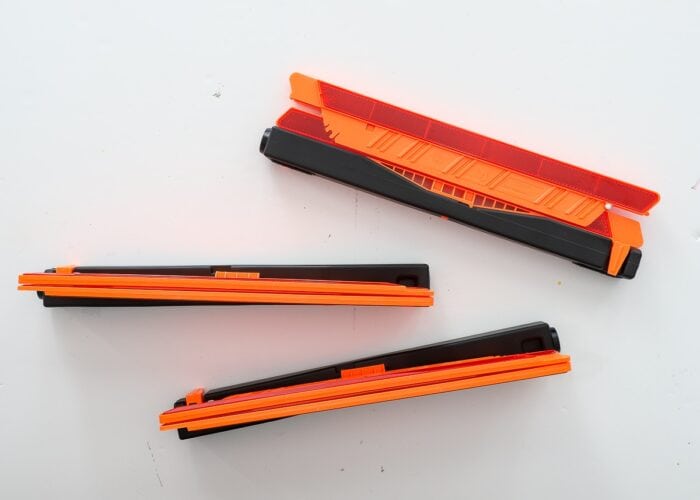
Glow Belt – Being outside the vehicle or walking for help can be dangerous, especially in the dark. A reflective vest or belt helps other drivers see you better and will keep you safer. We opted for glow belts (since we have tons of them and they are more compact than a vest).
Space Blankets – As we watched the I-95 story unfold, keeping warm was one of the biggest concerns for drivers who needed to conserve gas. Skip the big bulky blankets and buy a pack of space blankets. Not only do they work wonderfully to stay warm, but they are super compact and double up as rain ponchos if needed.
First Aid
First Aid Supplies – Have you ever purchased an off-the-shelf First Aid kit, only to discover that it didn’t have enough of the necessary stuff? Yep, us too. And we’ve even had ice packs burst (from the heat) and ointment leak out of its tube.
I recommend skipping the pre-made kits (that you might already have tucked into the back of your car, but when was the last time you opened it?) and assemble the most usable items yourself.
We included:
- Bandages
- Gauze pads & tape
- Antibiotic wipes
- Fever-reducing medicine
- Hand sanitizer and cleaning wipes
- Sunscreen
- Bugspray
TIP! I just walked the travel section at Target and grabbed some compact versions of essentials that would come in handy in an emergency.
Toileting Supplies – When you gotta go, you gotta go. Keep a single roll of toilet paper or pack of baby wipes in the car to keep everyone happier and cleaner (and if you have a child in diapers, store a few of those as well).
Food & Water
You don’t necessarily need enough food and water to feed your entire family for days, but you should have some non-perishable snacks and bottled water on hand to keep everyone happy until more provisions arrive. Try to buy snacks that won’t melt or expire and are energy dense. Jerky and trail mix are great options; but if you have picky eaters or nut allergies (like we do), protein or granola bars are a solid alternative.
Emergency Information
Last but not least, compile some basic emergency contacts you can slide into the box. Think about the information your children (or strangers, first responders) would need in the event you aren’t available.
Here is some important information to include:
- Parent Information (for both parents) – name, phone, home address, critical medical information
- Child Information (for all children) – name, birthday, critical medical information
- Emergency Contacts – names, phone numbers, and addresses of several local contacts or family members
- Roadside Assistance Information – name/number of AAA, your preferred towing company, car insurance company, etc.
Consider laminating the page or using packing tape to secure it to the inside of the lid.
This Printable Car Emergency Kit Checklist & Contact Sheet is included in The Family HUB Printable Kit with other helpful emergency planning printables!
Other Things to Consider
The items outlined above are the ones we included in our specific Car Emergency Kit, but there are some other things you might want to include based on where you live, the space you have, the season, and your own comfort level:
- Phone cord – we always have cords in our cars; but if you don’t, make sure you have an extra in your kit or glove compartment.
- Cat litter or sand for traction
- Shovel and/or ice scraper – we keep ours in the trunk during the Winter
- Antifreeze
- Salt
- Duct tape
- Work gloves
- Car jack, tire inflator, or air compressor – many cars come with a tire-changing kit pre-loaded into the car; if not, consider assembling the supplies yourself.
- Tow strap
Assembling Your Emergency Car Kit
Once you’ve gathered your Car Emergency Kit items, assemble them into a sturdy, well-fitting, and easily identifiable box. Here are some tips to keep in mind:
Keep It Compact
Your goal is to be able to store store your Emergency Car Kit as compactly as possible. When shopping for both the container and the items to go in it, pay close attention to sizes. Choose travel or collapsable versions whenever possible. You don’t need to be able to live for days in your car, so small quantities of most items are sufficient.
Measure Your Car
Spend some time exploring your vehicle to identify a good spot for your Emergency Car Kit. Ideally, you want a spot that isn’t in the way during “usual use” and can be somewhat permanent (as in, the kit will always be in the same spot).
These days, many cars come with sunken or hidden compartments that make for ideal storage areas. However, under/behind seats or in trunks are also great options. Once you find a spot, measure the amount of available space in order to determine what size box you need to hold your emergency supplies.
Box It Up
Once you know what all will be in your Emergency Car Kit and where it will go, shop for a sturdy bin that holds everything AND fits where you need it inside the vehicle. This can take some patience, but it will be worth it when you are able to have everything contained into one spot (and not floating around the car!)
We discovered this tapered Sterilite bin fit perfectly in Greg’s SUV under-trunk compartment (above), and this Hefty bin fit into the sunken area of my trunk (below). The Hefty bin in particular is quite handy as an Emergency Car Kit, as it has a “raised” lid, which allows you to store more than most bins of the same size.
Once you have everything loaded up, give it a clear label (so that even strangers can identify what it is); and be sure to tell your (grown) kids where it’s located so they can find it if necessary.
Check Your Kit Regularly
Finally, your Emergency Car Kit shouldn’t be entirely “set and forget.” Although assembling all the supplies into an easy-grab box is the main step, you need to check on it every 6 months or so to re-charge batteries, replace foods/medications that have gone bad, and/or re-stock used supplies.
Having a pre-printed checklist is helpful to remind you of what you normally keep in your kit (especially if you depleted items). I printed a checklist on the back of our Emergency Contact Sheet, laminated it, and then checked off items with a wet-erase marker. The date can easily be wiped and updated during each bi-annual check.
Get these printable Car Emergency Checklists as part of the Emergency Planning Printables for The Family HUB!
TIP! Just like swapping your home air filters or winterizing your pipes, set an alarm on your phone or write in your planner (on January 1 and July 1, for example) to check the Emergency Car Kits. Refreshing them will only take a few minutes; and you’ll be thankful to have everything in working order should emergency strike.
In complete honesty, assembling an Emergency Car Kit was not on my “project” list for this year. It wasn’t even something I was hoping or planning to do. But after watching the news and seeing posts from friends who were actually stuck on I-95 last month, the “we should really do that” became a “we are doing this now.” Sure, I love a good organizing project; but what I love more is that our family will be as safe and comfortable (as much as possible) if ever emergency hits. And that peace of mind is worth everything!
Megan


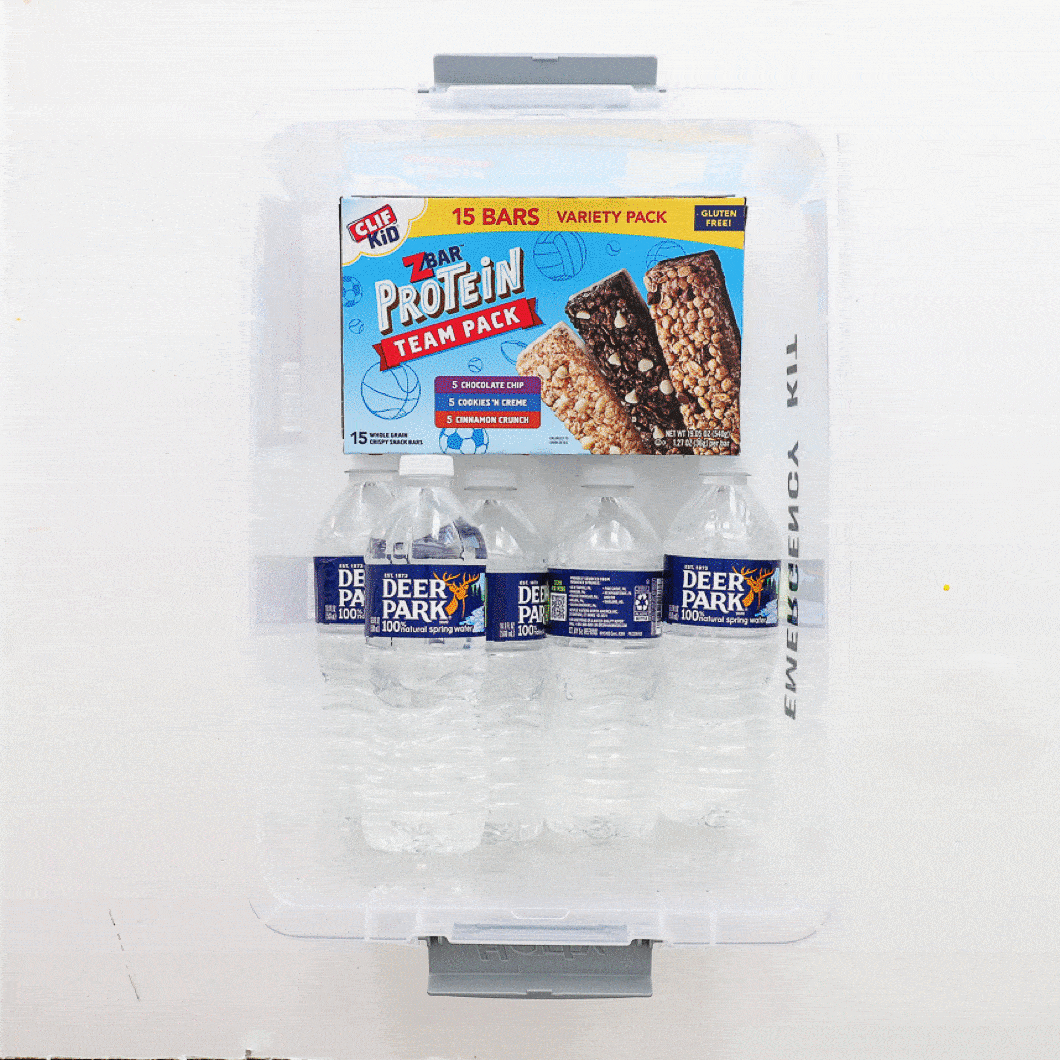
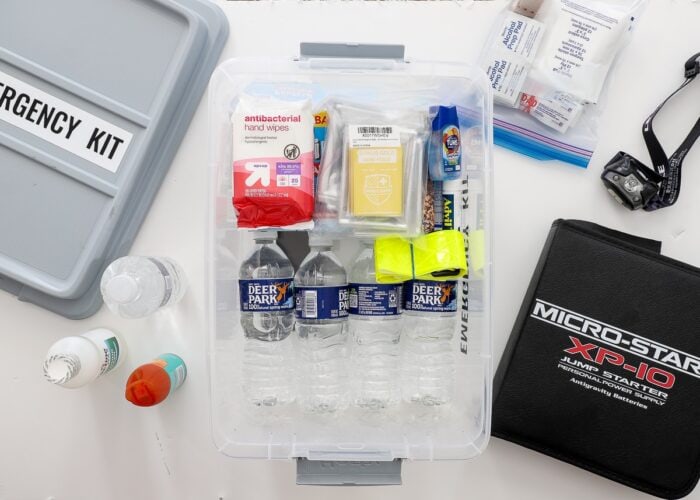
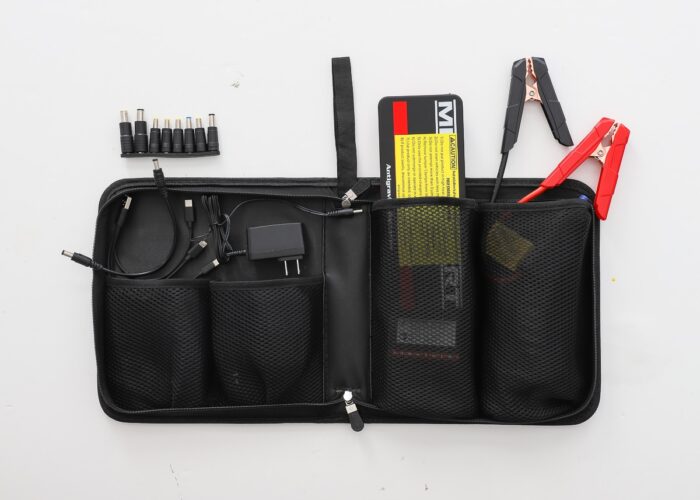
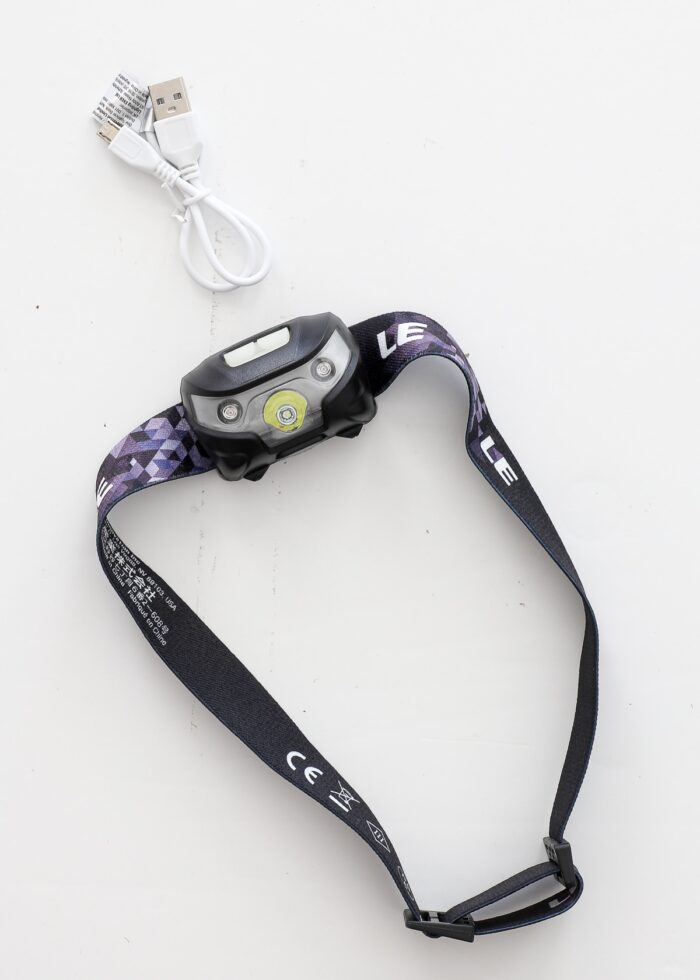
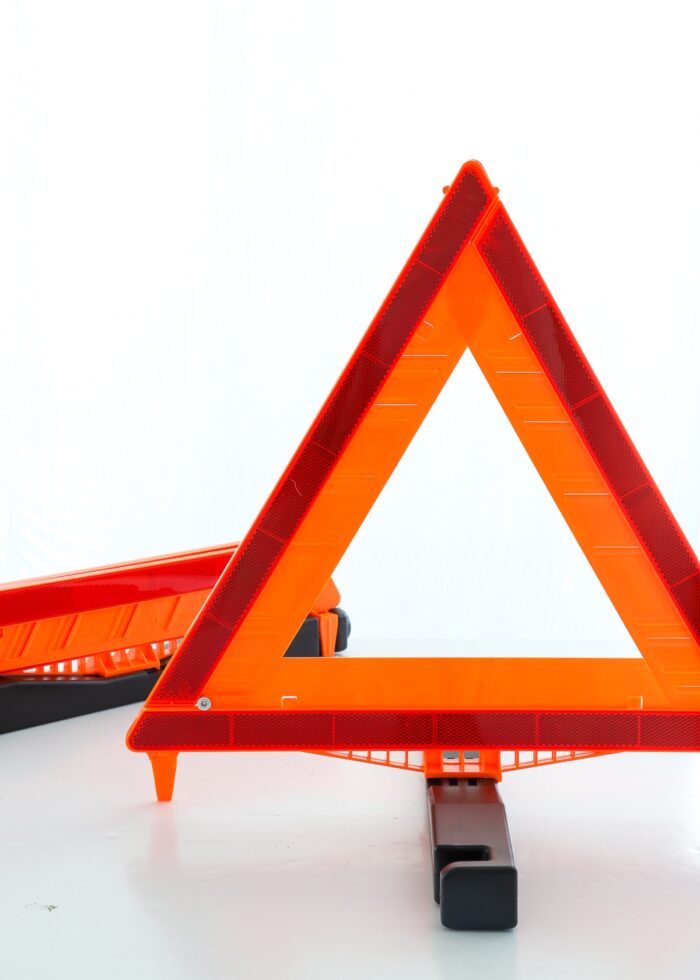
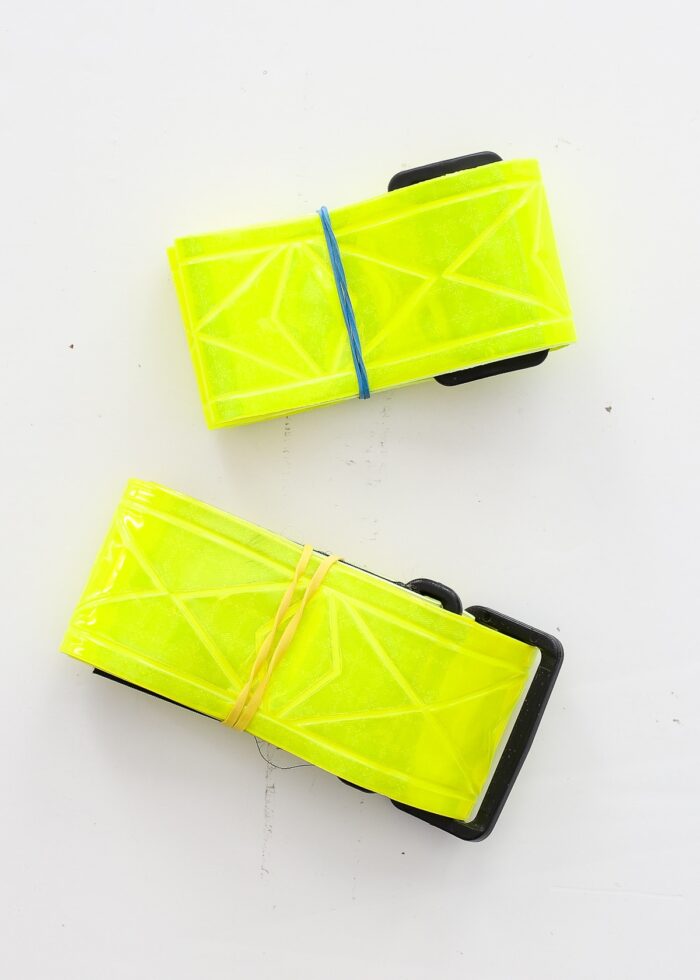
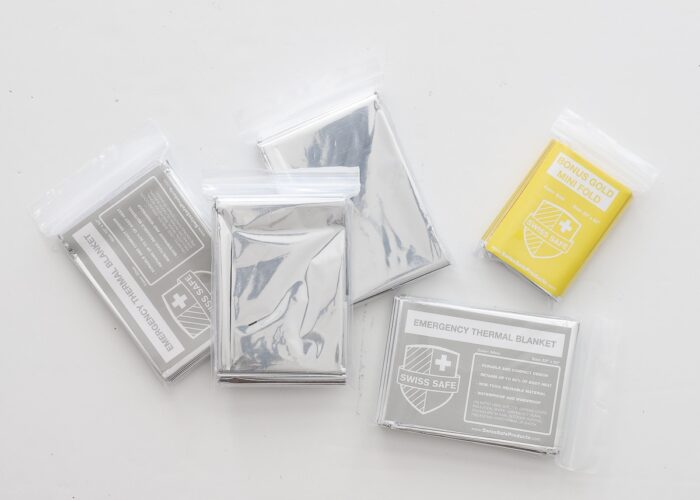
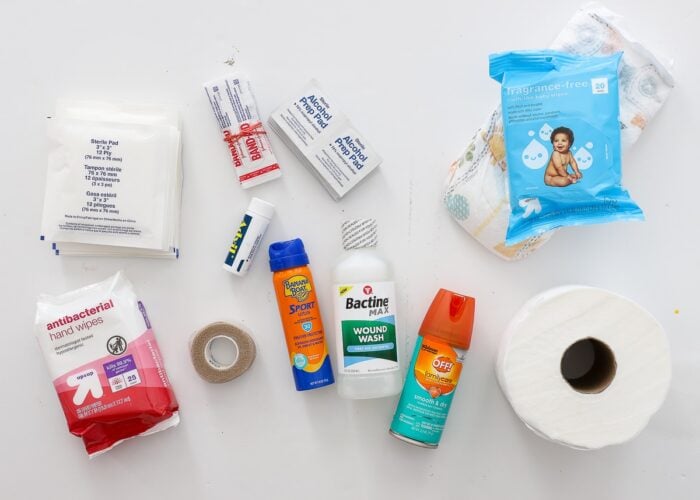
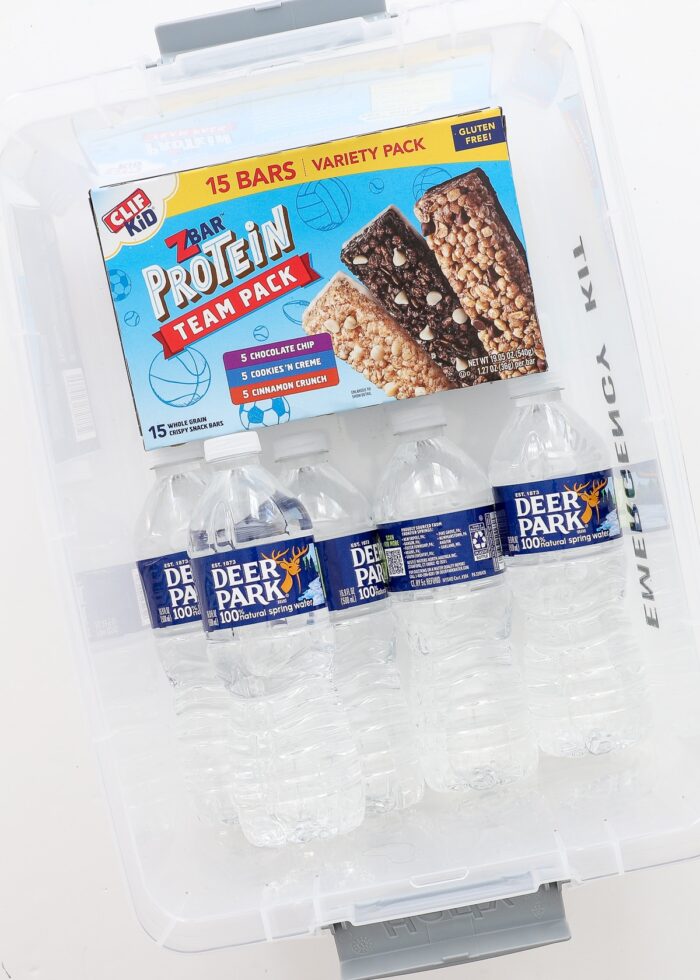
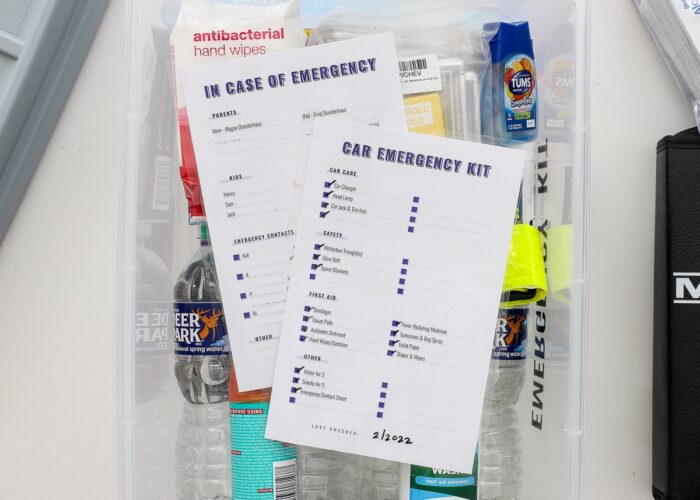
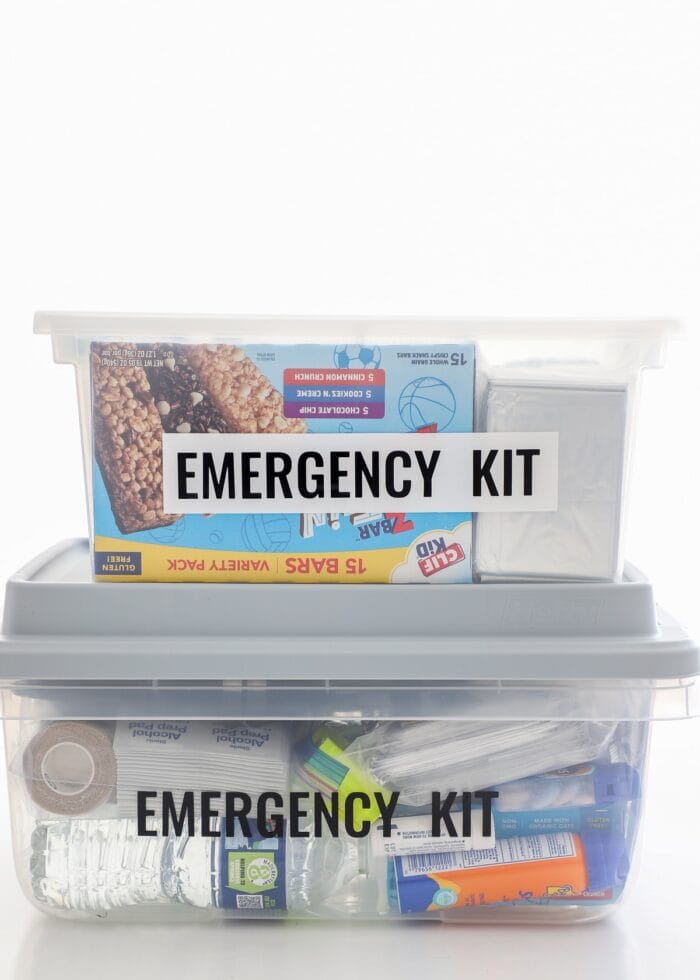
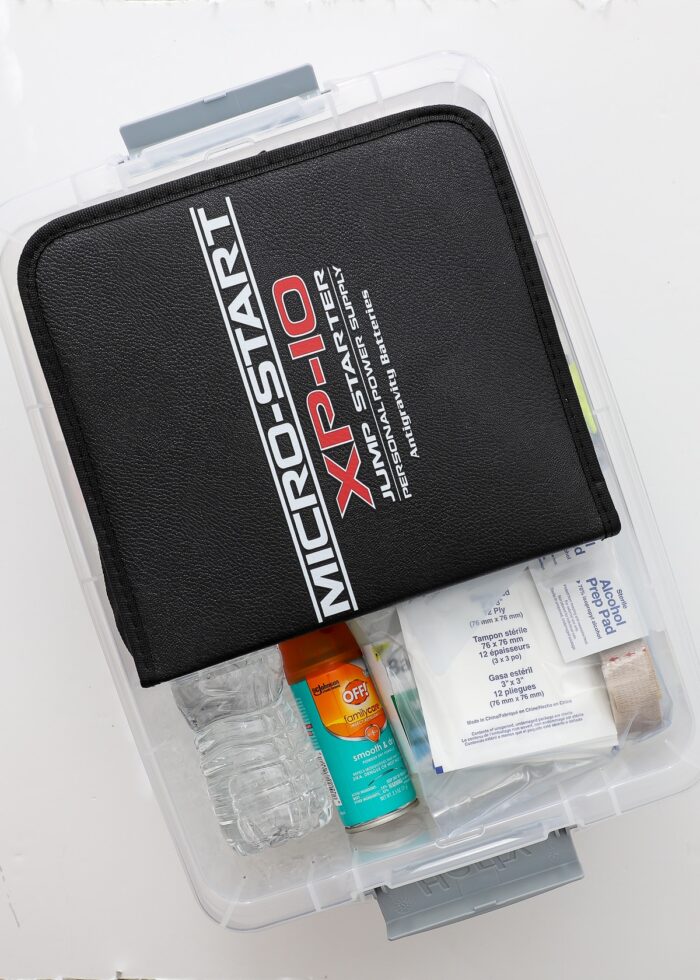
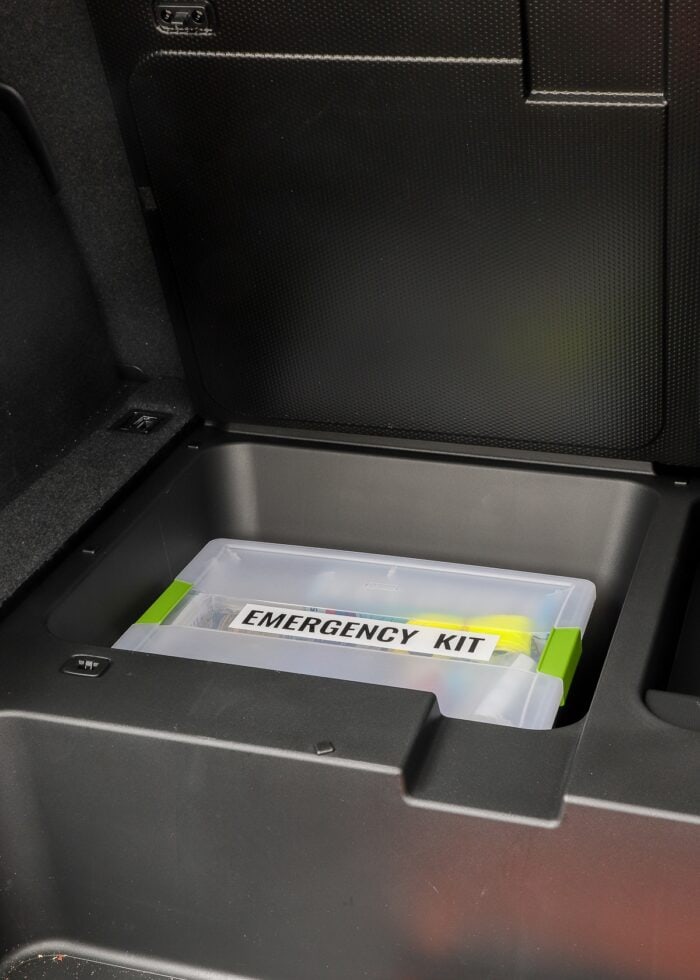
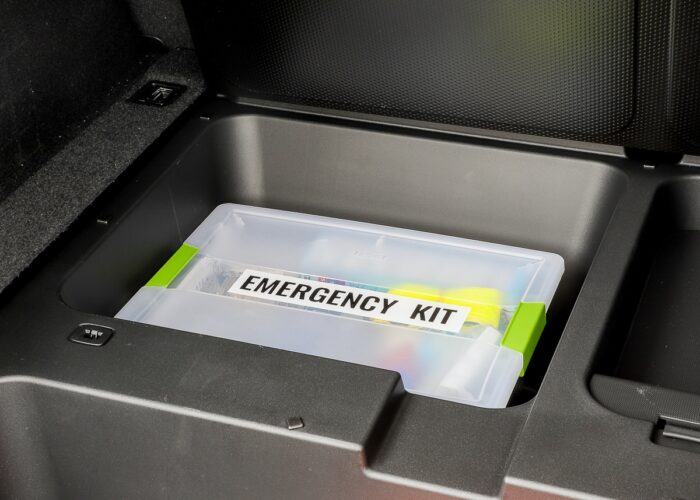
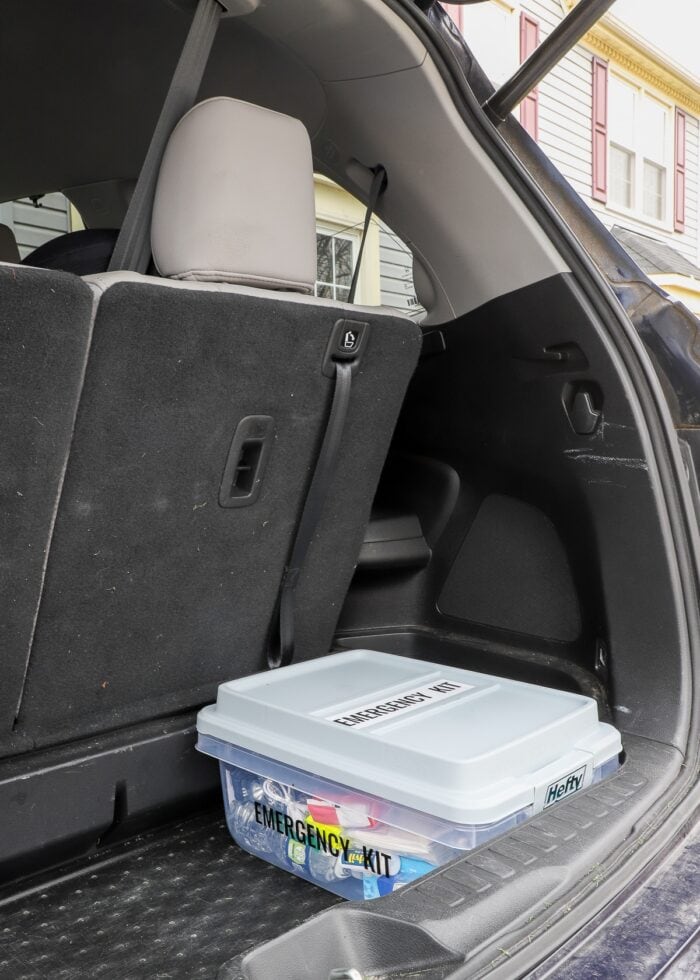
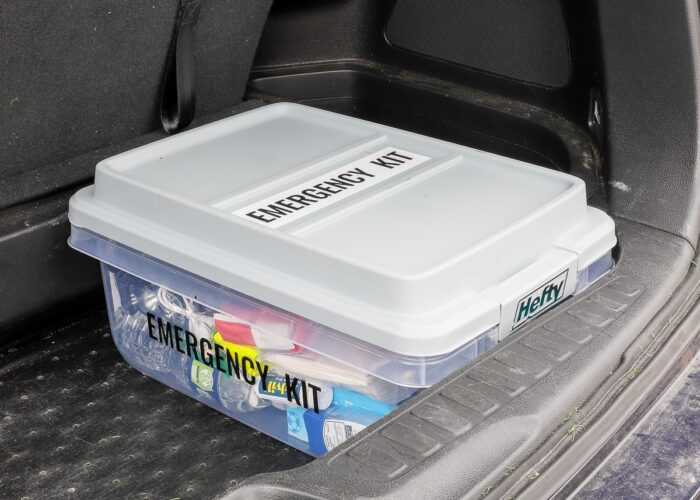
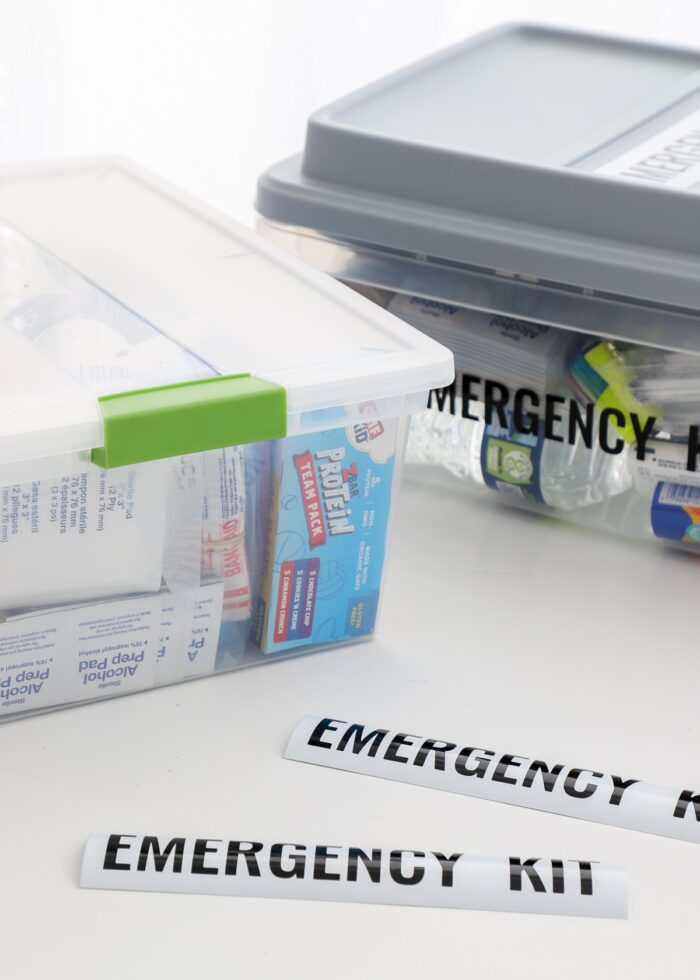
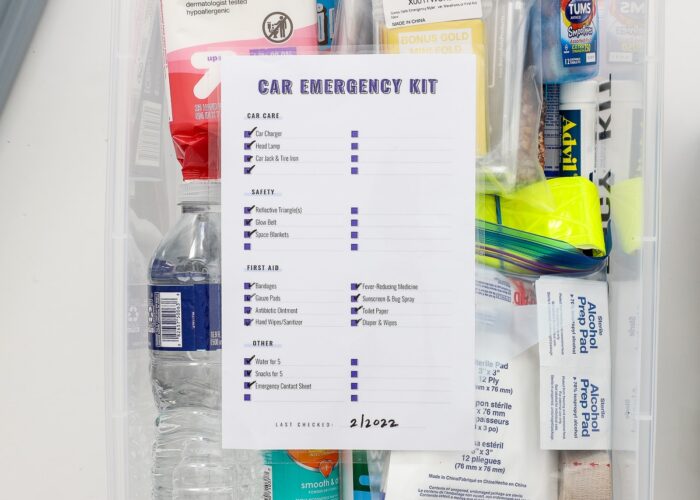
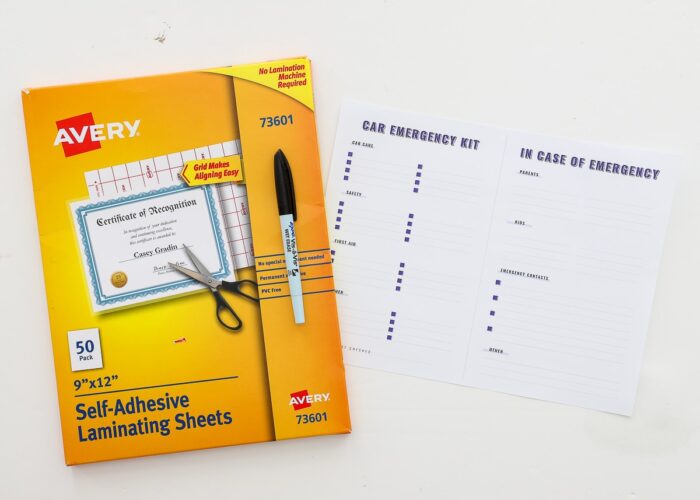
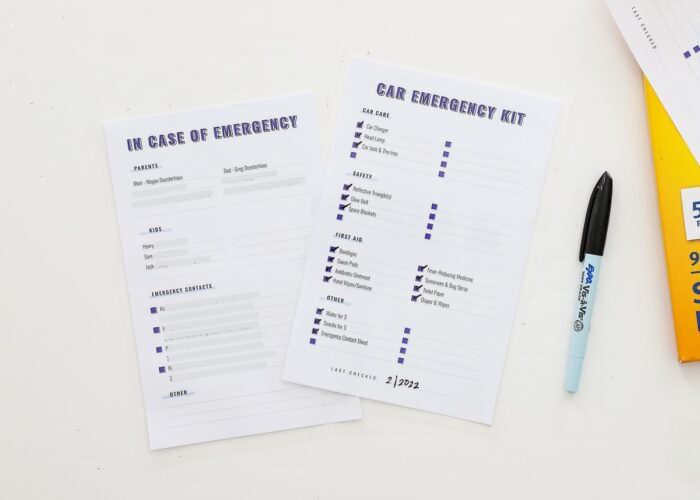
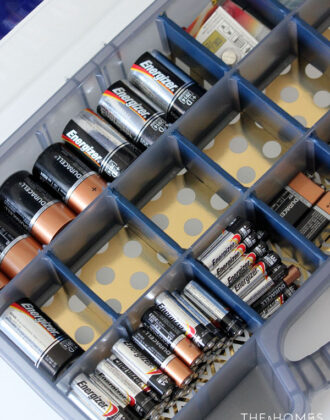
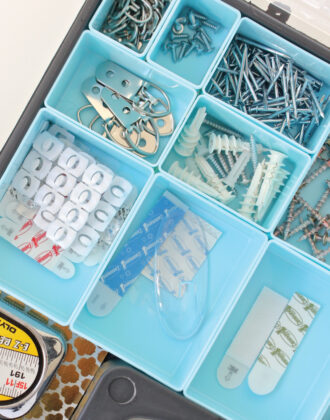
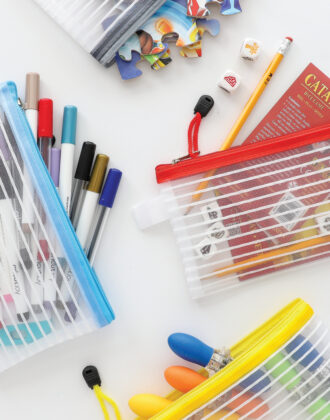
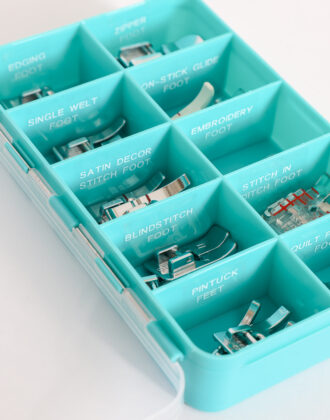

5 Comments on “How to Assemble a Car Emergency Kit (with Printable Checklist)”
I keep a few of these things in my car, but not quite everything you have. Guess I should rethink and try to fit things in.
We did a first aid kit so small it fits in the back of a seat pocket. It doesn’t have too much more than bandages and creams, but the basics are what gets you by.
I used an old spice container, the kind you can get from Costco or Sam’s, to put ice melt in. That way I can shake it right where I need it. Might need to do the same with some sand/kitty liter.
All good suggestions, and usually things we forget we might need!
We are going to make 4 kits today Thank you for this message!
Good catch on including close contacts in the emergency contacts sheet. I did a practice call for an emergency phone chain for my kids’ school years ago. There several grandparents’ listed who lived well out of the area, which wasn’t helpful for school closure bus runs locally.
Do you or Greg have any suggestions on what I might need (outside of daily medications) if I’m travelling with someone else that would fit in a small carry bag? As my rule of thumb is stay off the roads/stay home if there is a hint of problem weather, but I might be travelling with someone else who isn’t such a scaredy-cat of possibly be on a bus trip.
We had an incident like that but not as long, and thankfully the weather was not an issue. A military transport did not realize how tall his cargo was, and it damaged a small pedestrian bridge over the freeway and left it precariously hanging. Since we don’t have that many through roads, gridlock ensued into the early morning hours of the next day. You just never know – thanks for the many great ideas!
I so love this idea for members of my family. We live in Florida so I will be adjusting what I put in the boxes. I am excited to start collecting items for each box for Christmas gifts. Thank you so much for this great and needed idea.